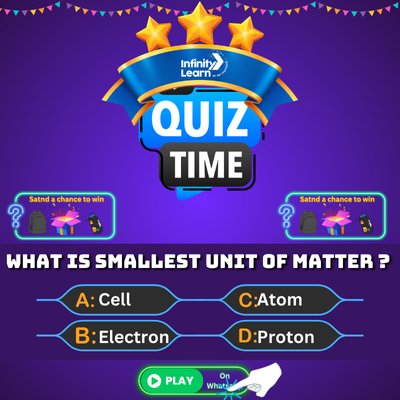Change and Development in Rural Society – CBSE Notes for Class 12 Sociology India is basically a rural society. It […]
Uncategorized
Class 12 History Notes Chapter 5 Through the Eyes of Travelers Perceptions of Society
Class 12 History Notes Chapter 5 Through the Eyes of Travellers Perceptions of Society Many foreign travellers visited India during […]
Chemistry Practicals Class 12 Viva Questions with Answers
Chemistry Viva Questions Class 12 with Answers The CBSE Class 12 Chemistry practical exam includes both actual experiments and a […]
Viva Questions with Answers on Quantitative Estimation (Volumetric Analysis)
Viva Questions with Answers on Quantitative Estimation (Volumetric Analysis) 1. Why should weights not be lifted with hand ? Ans. […]
NCERT Exemplar for Class 11 Biology Chapter 2 – Biological Classification
Subject specialists have created NCERT Exemplar Solutions for Class 11 Biology Chapter 2: Biological Classification, which includes thorough solutions for […]
NCERT Solutions for class 11 Biology chapter 22 chemical coordination and integration 22.3 hormones of heart kidney and gastrointestinal tract
NCERT Solutions for Class 11 Biology Chapter 22 Topic- Hormones of Heart, Kidney and Gastrointestinal Tract NCERT Solutions for Class […]
NCERT Solutions for Class 12 Physics Chapter 1 Electric Charges and Fields 1.1 Electric Charge
Overview of topic Electric charge is the fundamental actual property of the issue that makes it experience a power when […]
NCERT Solutions For Class 12 Physics Chapter 1 Electric Charges And Fields Topic 1.3 – Charging By Induction
Overview of topic Induction by charging is a technique used to charge an item without really contacting the item to […]
Why Do We Need a Parliament NCERT Class 8 Social and Political life Extra Questions
Question 1 What are the basic ideals of a democracy? Solution: The basic ideals of democracy are… The participation of […]
Extra Questions – Sources of Energy – CBSE Class 10 Science
Question-1 Explain why only a part of the solar energy that strikes the upper regions of atmosphere, reaches the surface […]


